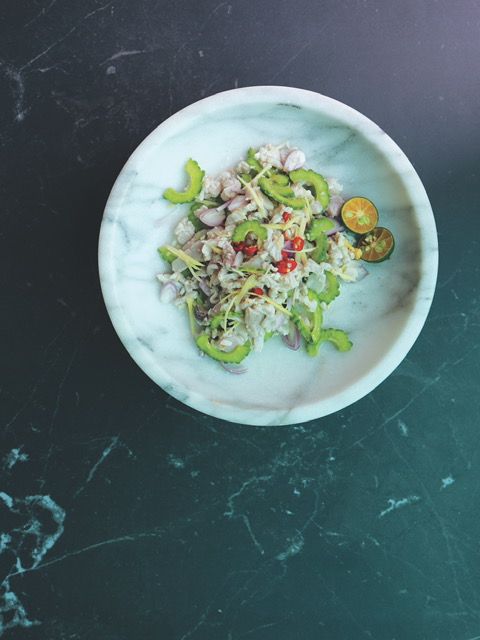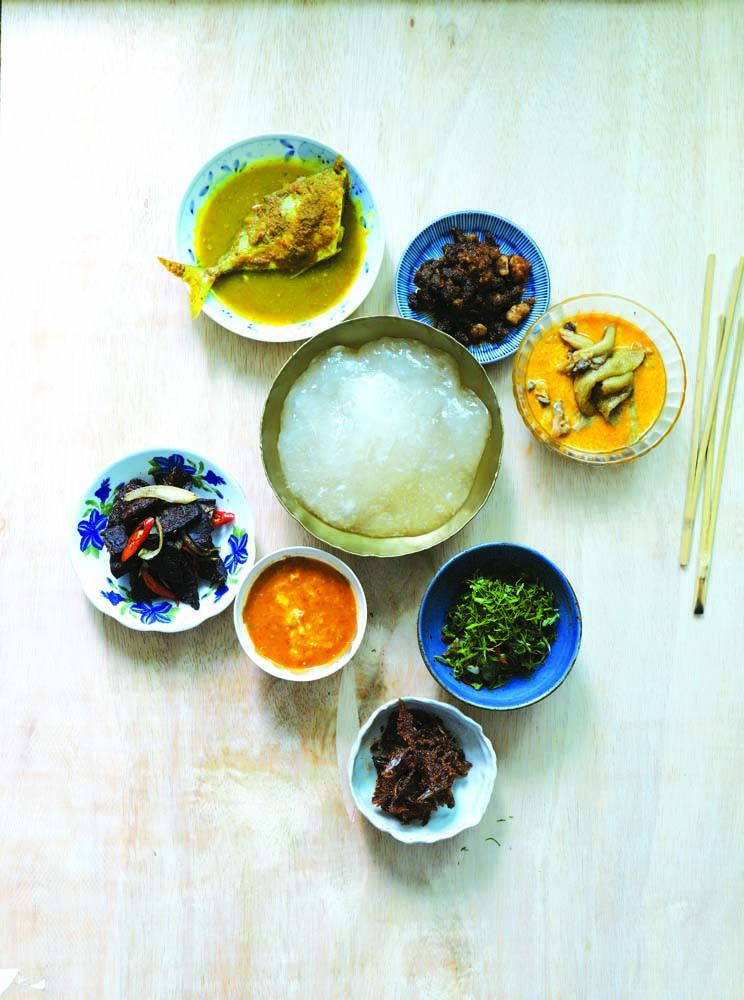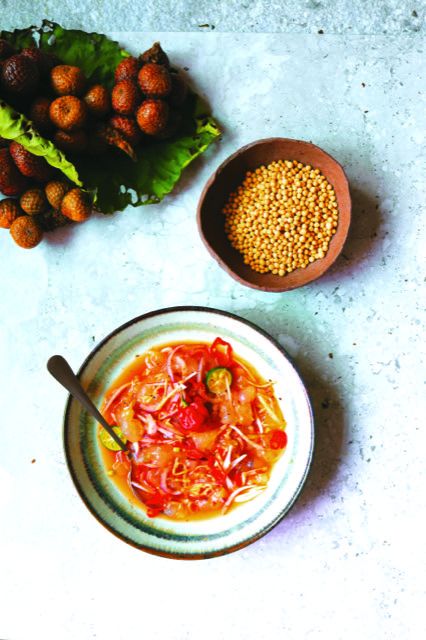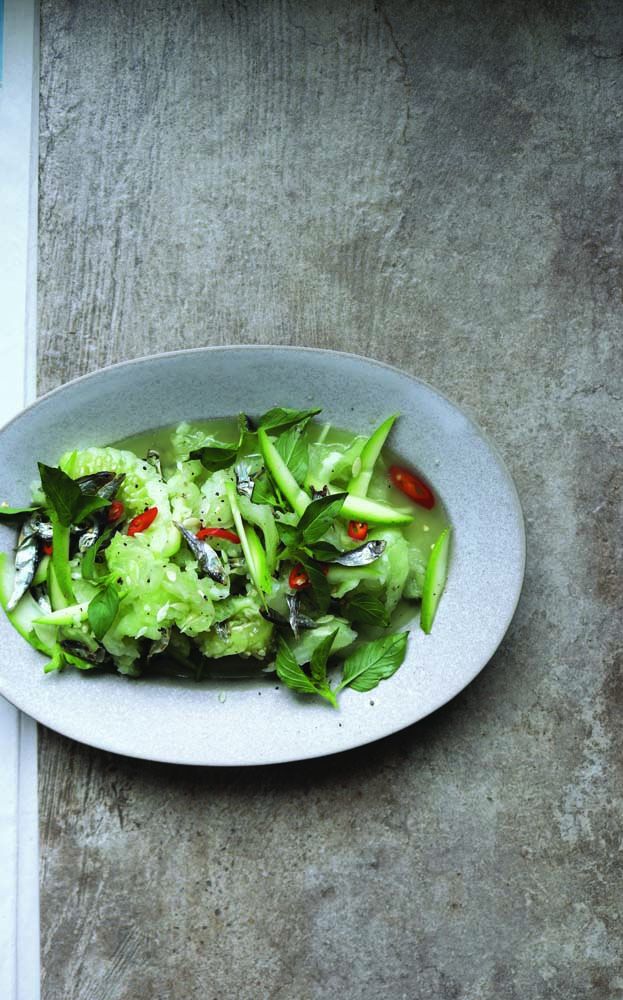The cookbook author's latest tome explores the island’s diverse cuisine through recipes shared by local families
There is more to Borneo than its lush rainforests and wildlife. Not known to many people is that it is also home to a diverse and delicious cuisine crafted by the various ethnic groups that inhabit this island shared by Malaysia, Indonesia and Brunei.
That is what cookbook author and Chalk Farm co-founder Bryan Koh wants to share in his latest tome, Tamu: A Guest at the Bornean Table. Koh’s original plan was to only focus on the regions of Sarawak and Sabah, but the more he studied it, the more he realised that “I needed to look at the rest of the island to better tell its story”. Thus, what was supposedly a light subject became a massive undertaking that took four years to finish.
As Koh discovered, Borneo’s culinary treasures are found in the homes of local families who opened their doors and shared cooked their traditional dishes. He shares three recipes he learned on the island.
Don’t miss: Meet The Tatler Scions: Zeena Tan, Dawn Koh and Bryan Koh
1. Hinava Sada Tongii








